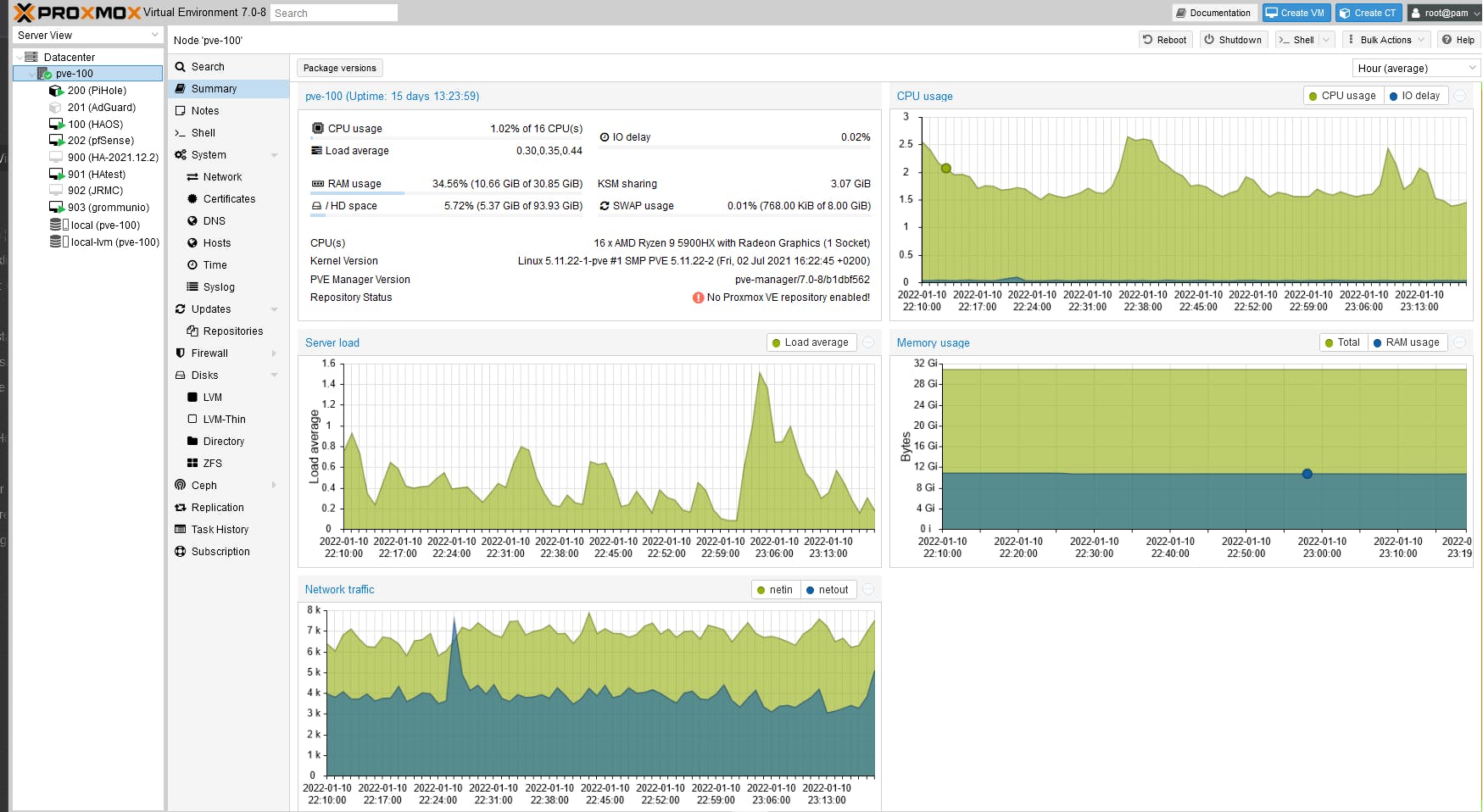
Photo by Kelvin Han on Unsplash
In search of a type-1 (bare metal) hypervisor and not only
a hypervisor is one of the most important IT fabric infrastructure components of 2022 and beyond - are you using the right one?
I would like to thank everyone who has visited my blog on hashnode.
I am now moving all content to my portal - portal.habitats.tech - where I have complete control of the content presentation.
Having tested almost all blogging and newslettering sites I have come to the conclusion they are all very limited in what can be accomplished.
I will be sunsetting this blog by summertime. Please follow me on my portal where I have started publishing new content.
If you have an interest in hypervisors, I am confident you have read a lot of online articles about the options available. The issue I take with most of those articles are mostly written by people who either make a light use of hypervisors or have never used a hypervisor, having only theoretical knowledge on the subject (not even that).
For me, unless you work for a large corporate environment or a cloud operator the best all around type-1 hypervisor is ProxMox. Below are some of the reasons why I believe so.
Just to be clear ProxMox is best installed bare metal. However it can be installed as a type-2 hosted hypervisor, assuming the host virtualisation solution supports nested virtualisation. If you want to understand the tech read this article which is a decent and simple introduction into the subject.
devopsschool.com/blog/top-5-hypervisor-tools
ProxMox is open-source and although there are paid versions of the software, there is a community version, which is completely free (there is also a fairly inexpensive community option). The differences are in the repository updates. With the free community version you always get the latest updates which are not fully tested for production; and although the software is solid, there is the occasional hiccup in the free edition (for example after v7.0-8 ProxMox cannot boot when certain NIC configurations are present).
Visit proxmox.com/en/proxmox-ve/pricing for subscription costs.
The system requirements for testing are modest, however someone can put a capable server together for less than $1,000/-. This server is production worthy for small organisations. For $3,000/- you can put a cluster together capable of providing almost 100% uptime.
Visit proxmox.com/en/proxmox-ve/requirements for more details.
The image below lists the main ProxMox features (taken Jan 2022 from their website). The ones I find most worthy of attention are highlighted red.

Especially for self-hosted environments ProxMox is unbeatable in my humble opinion. For around $2,000 you can setup a production system for a small organisation with a capable multi-core server and all open-source business software required to run a 50-100 people business (web server, mail server, groupware, CMS, ERP, firewalls, routers, etc). Heck, you can even use in DevOps to spawn DevEnvs, using templates.
For some people KVM and LXC might not ring a bell, but they are THE most important Linux virtualisation tech. On a ProxMox system you can have the classic VMs using KVM, which are the most resource hungry, very small system OS containers using LXC (the OS minus the kernel), plus Docker which can spawn application containers and OS containers for the absolute minimum footprint. You can even run Docker on an LXC (system container) for the absolute minimum of resource utilisation, although not recommended for production.
Unless you experience the power of such an infrastructure it is sometimes difficult to appreciate the benefits. For a home lab, or for DevOps, or for a small/medium organisation committed to self-hosting and not only, there is nothing that can beat ProxMox. Especially if you want to do things on a shoestring, no racks, no UPS, no expensive infrastructure, but still reliable, this is the way to go.
To get an idea of a production/test server, which is good for a small organisation check the following screenshot.

In follow up posts I will be addressing ProxMox installation, tips and other important topics.
In the meantime if you require assistance or looking for a trustworthy supplier of such tech (hardware + software + development + support), leave a comment, subscribe to our newsletter or get in touch through other means.

